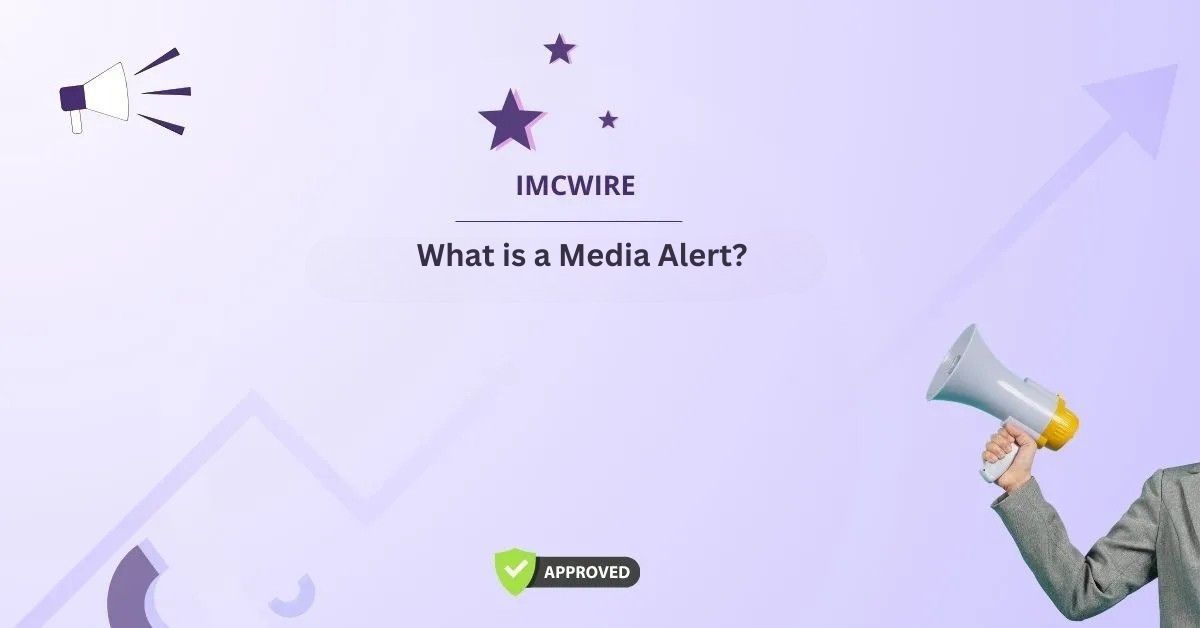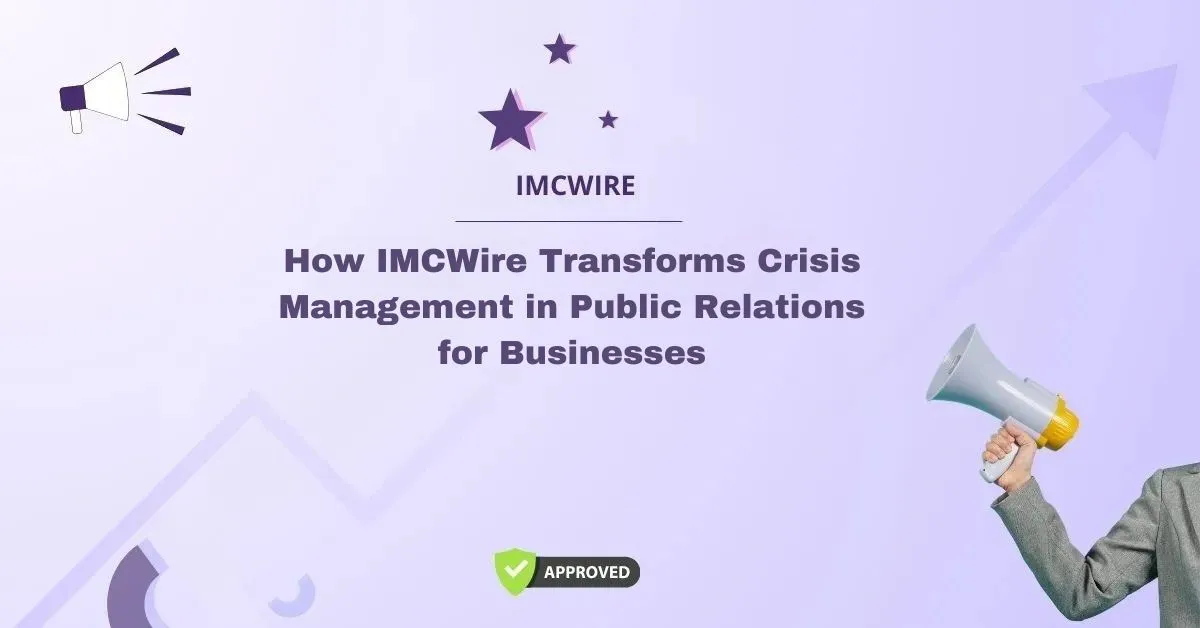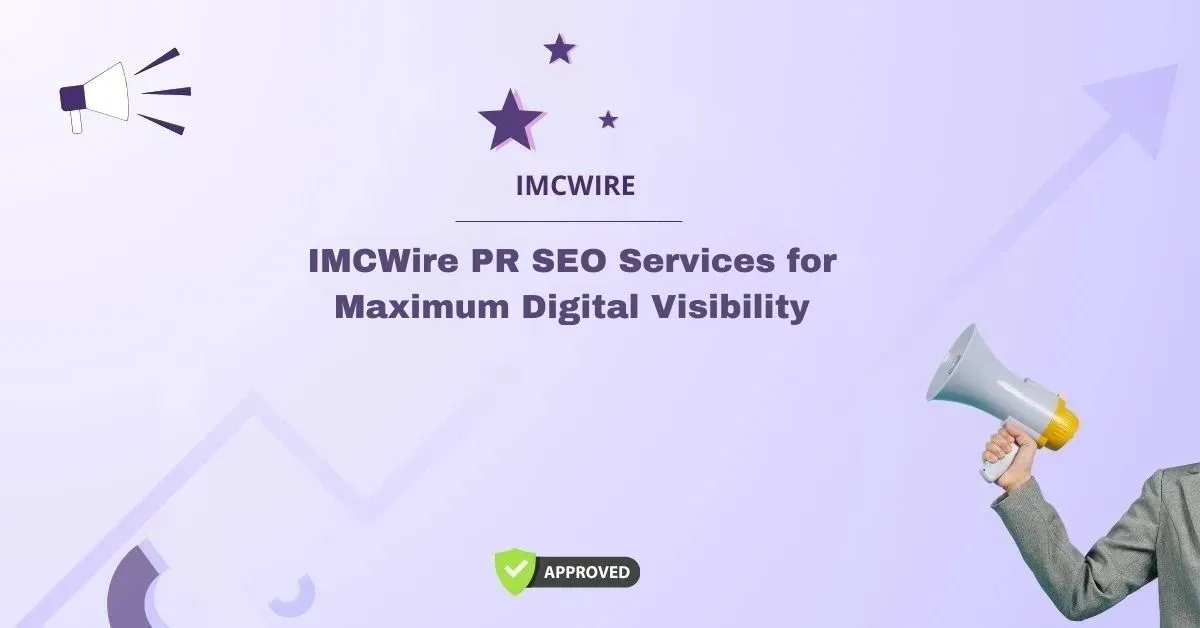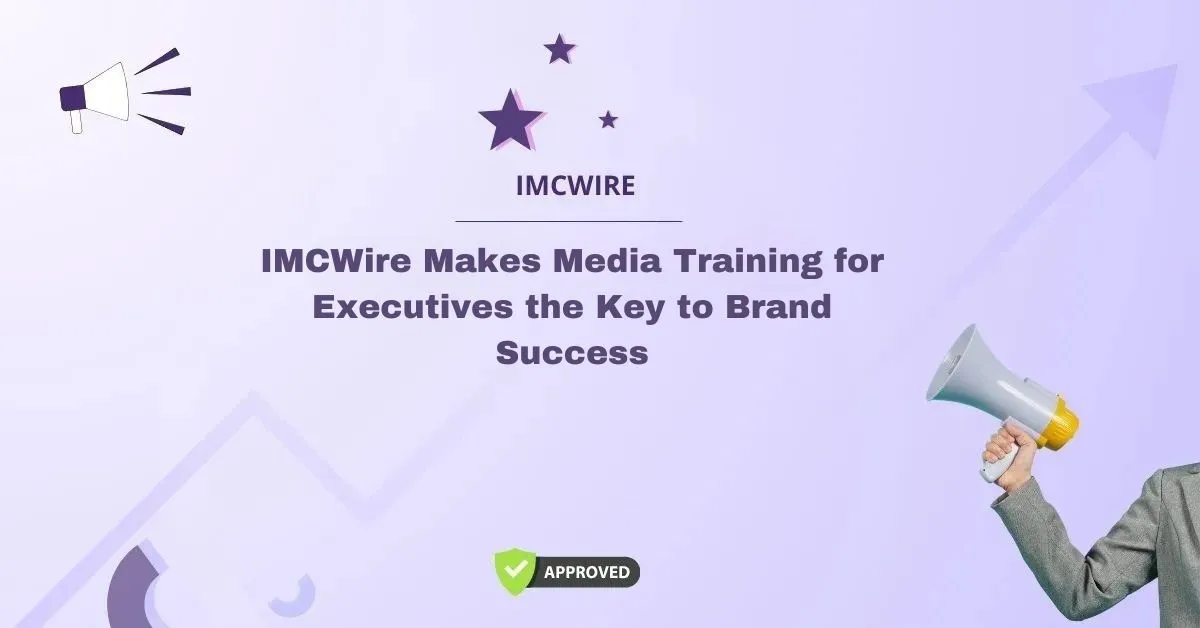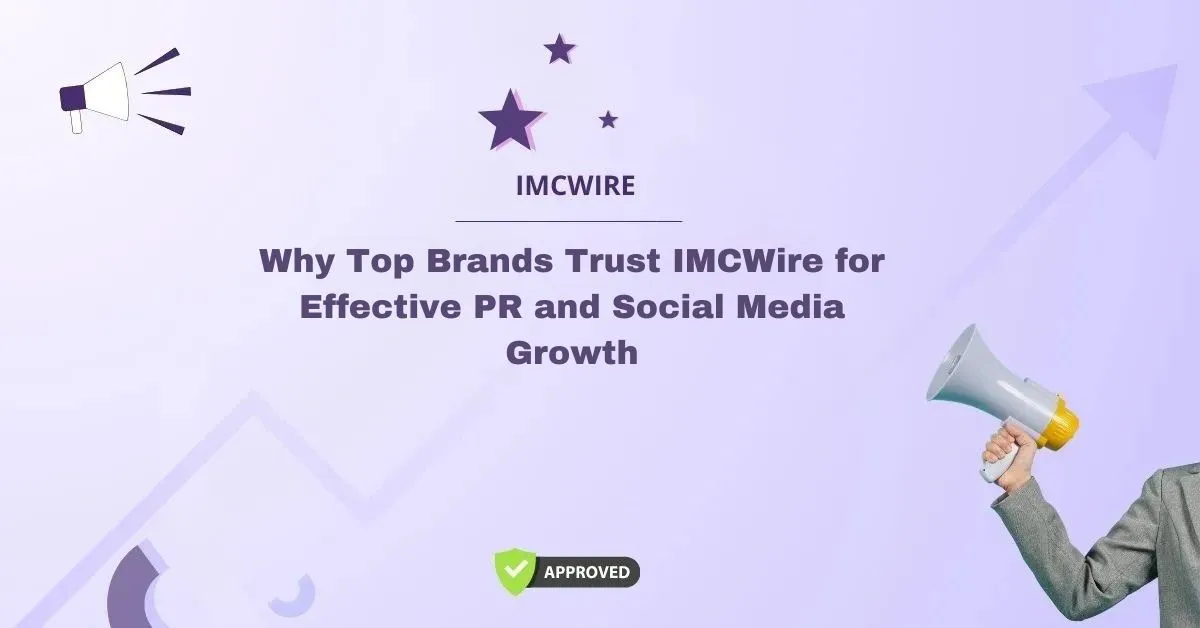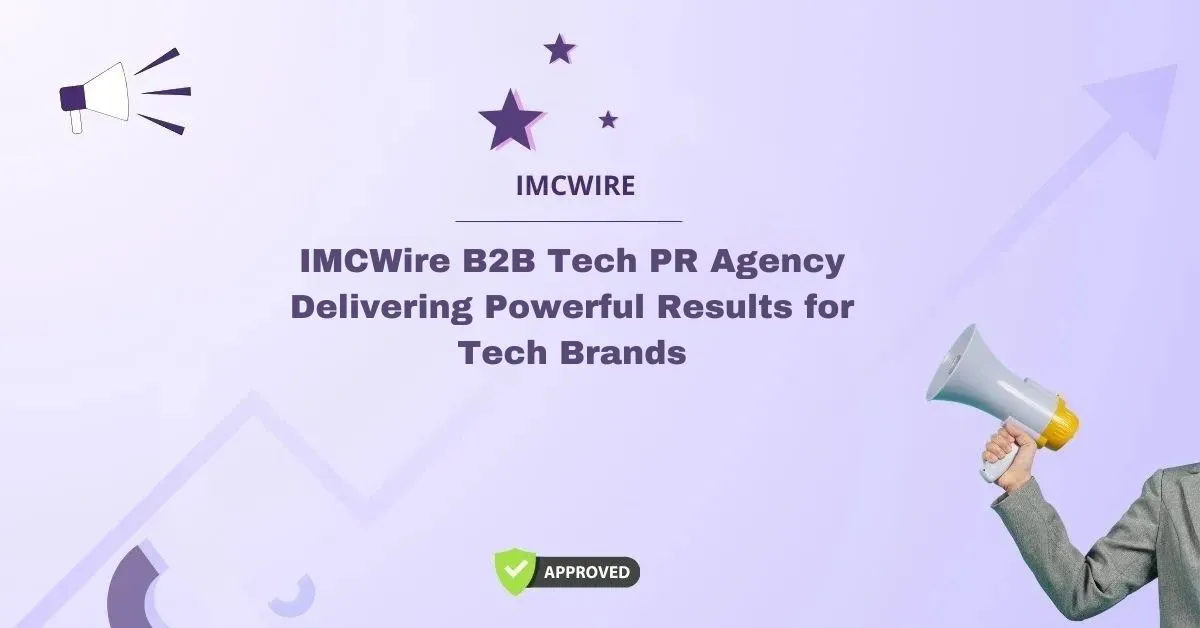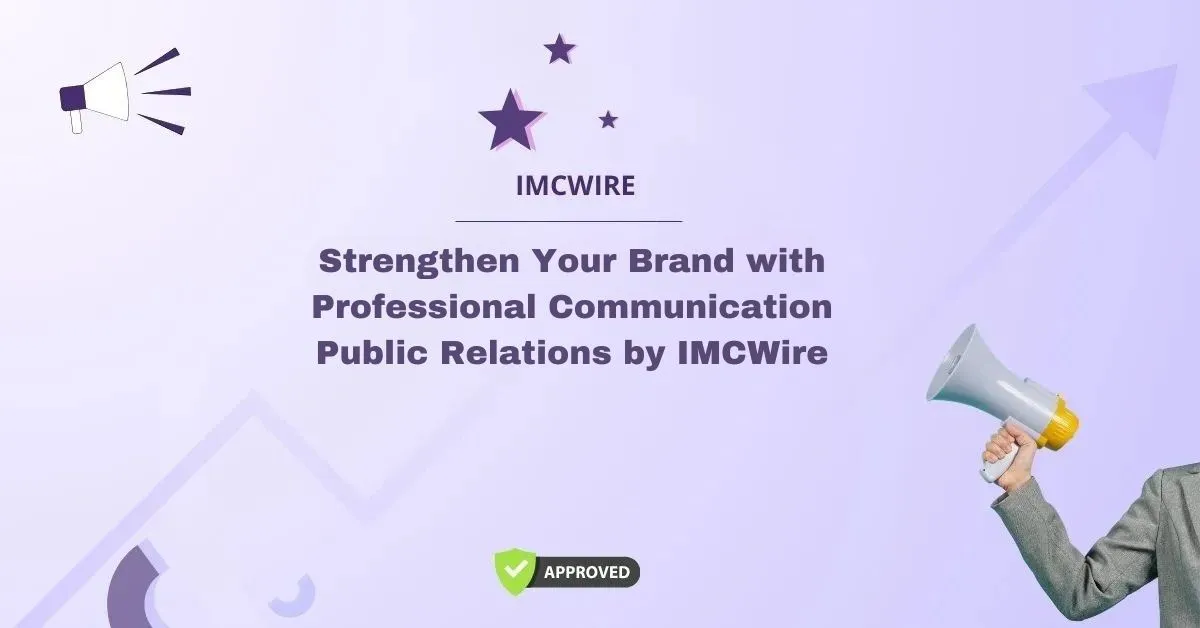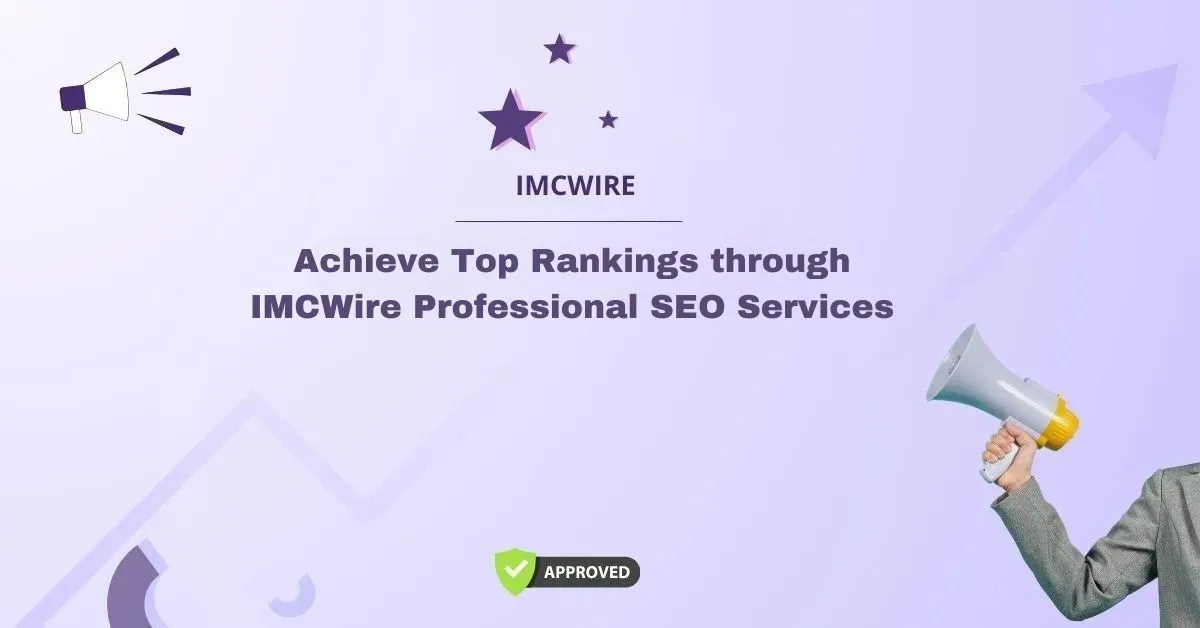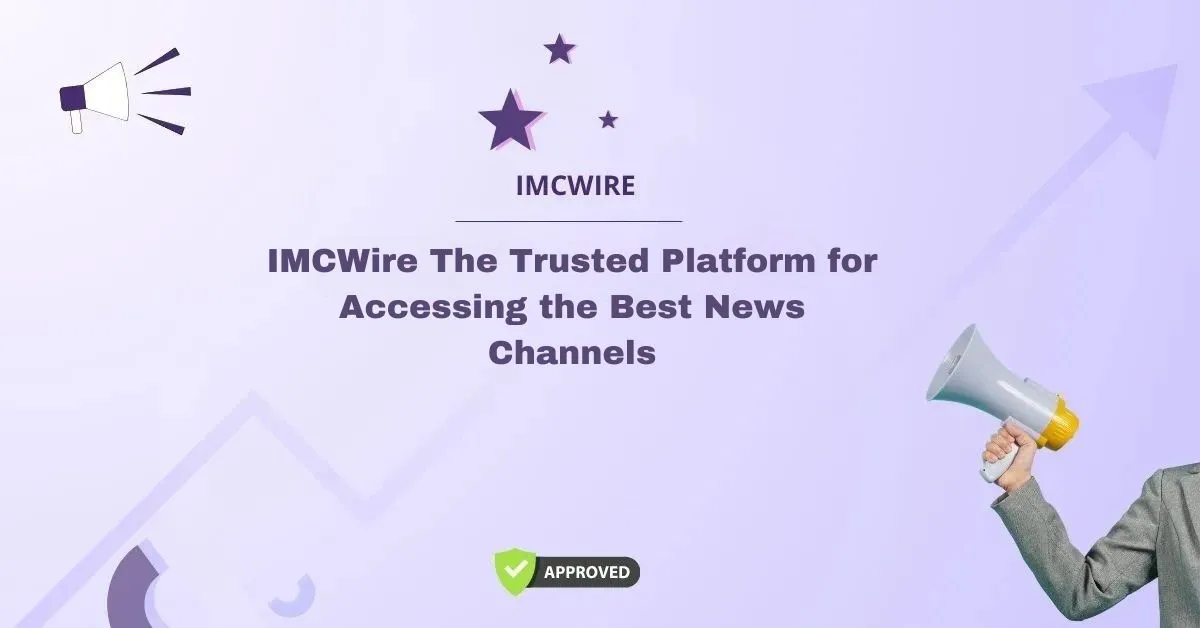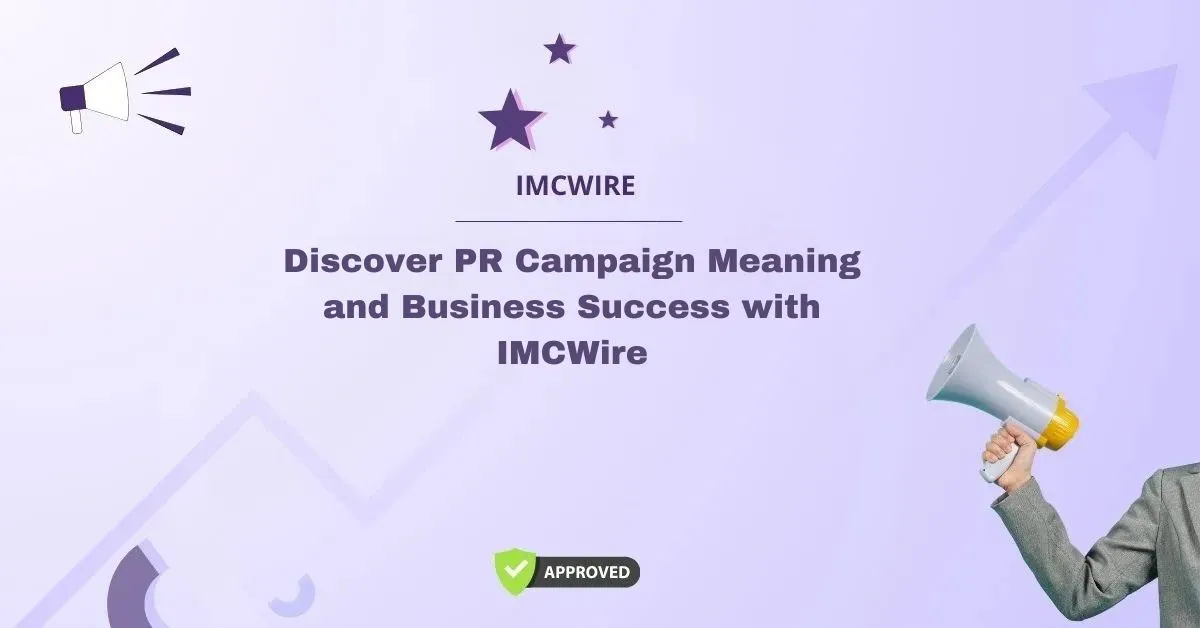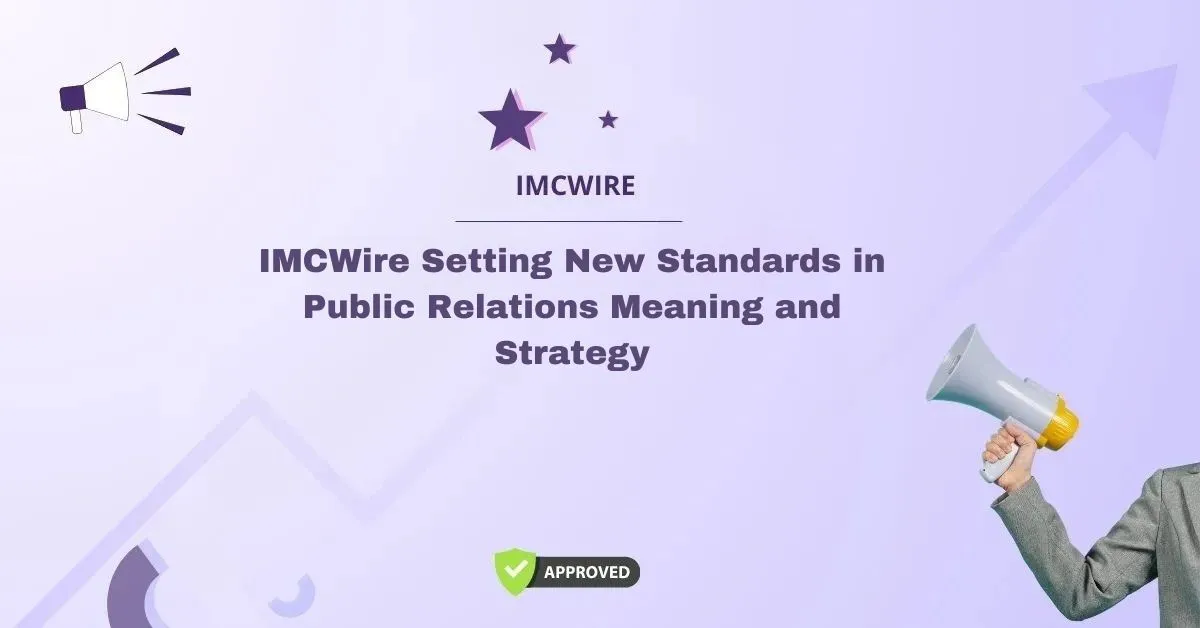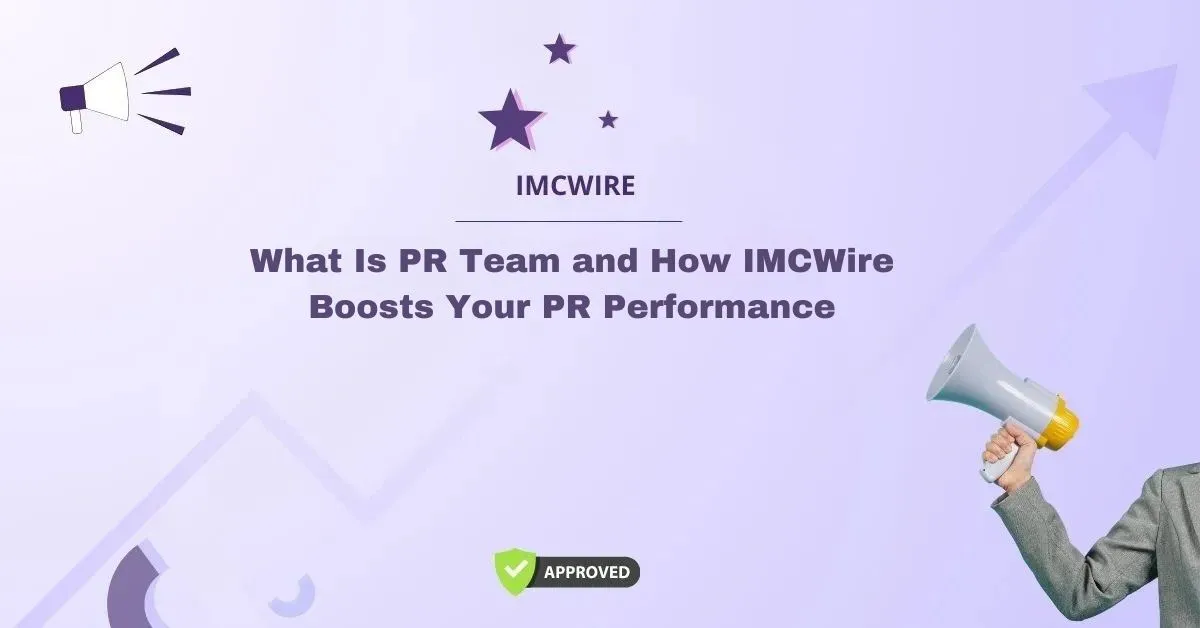When it comes to effective communication in public relations and journalism, media alerts play a critical role. For organizations, businesses, and publicists, a media alert is a tool that ensures the right people attend and cover an important event. But what is a media alert, really? If you’re part of a PR team, a journalist, or a marketing professional, understanding this concept can significantly improve your communication strategy.
Let’s explore what a media alert is, how it differs from a press release, its structure, and how to write one effectively for maximum coverage and attention.
Table of Contents
Understanding What is a Media Alert
What is a Media Alert?
A media alert is a concise, highly-targeted notification sent to members of the media to inform them of an upcoming event, press opportunity, or announcement. Unlike a full press release, which provides detailed information and storytelling, a media alert is brief and follows a “who, what, when, where, and why” format.
The main purpose is to invite media representatives—such as reporters, bloggers, photographers, and editors—to attend or cover an event.
Purpose of a Media Alert
- To inform media outlets about an event or opportunity worth covering
- To generate press attendance
- To create anticipation and build buzz before a bigger release
- To improve media relations by keeping journalists informed
Media alerts are especially useful for time-sensitive or location-based events where the presence of the press is desired.
Media Alert vs Press Release
While both media alerts and press releases are crucial tools in PR, they serve different functions.
Media Alert:
- Short and to the point
- Used to inform about event logistics
- Targets attendance and coverage
- Follows a simple format
- Distributed before the event
Press Release:
- More detailed and narrative-driven
- Used to announce news, updates, or developments
- Explains the story behind the event
- Often sent after or in conjunction with the event
Understanding the difference between the two helps in choosing the right format for your media outreach.
When to Use a Media Alert
Now that you understand what is a media alert, it’s important to know when it should be used. Below are common scenarios where a media alert is most appropriate:
- Press Conferences
- Product Launches
- Store Openings
- Award Ceremonies
- Charity Events
- Celebrity Appearances
- Political Campaigns or Rallies
- Panel Discussions or Public Forums
Essentially, anytime you want media presence at an event, a media alert should be part of your outreach strategy.
How to Structure a Media Alert
A properly structured media alert follows a clear, logical format. Clarity is key. Journalists don’t have time to sift through lengthy documents, so your alert should be easy to scan.
Header: Media Alert
Start with the title “MEDIA ALERT” at the top to clearly indicate the document’s nature. This alerts journalists that it’s a brief invitation rather than a detailed story.
Headline
Create a compelling, one-line headline summarizing the event. This line should be newsworthy and attention-grabbing.
Example:
Local Start-Up Hosts Innovation Summit with Tech Influencers in Attendance
Body (5 Ws Format)
Break down the alert using the classic 5 Ws: Who, What, When, Where, and Why.
Who
The individuals, companies, or organizations involved.
What
A concise summary of the event.
When
Date and time details.
Where
Exact location (including venue name and full address).
Why
Explain why the media should care. Is there a high-profile guest? Is it exclusive? Does it offer a unique visual story?
Contact Information
Include the name, email, and phone number of the media contact who can answer questions or confirm attendance.
Optional: RSVP Details
For private or limited-access events, note RSVP instructions and deadlines.
Example of a Media Alert
Here’s a sample format to help illustrate:
MEDIA ALERT
[Headline]
Celebrity Chef to Launch Plant-Based Menu at Downtown Bistro
Who:
Chef Laura Greene, renowned plant-based culinary expert
What:
Exclusive media preview and tasting of her new plant-based menu
When:
Tuesday, October 15, 2025, from 6:00 PM – 8:00 PM
Where:
GreenLeaf Bistro, 123 Market Street, New York, NY
Why:
Be among the first to taste the chef’s latest innovation, with interviews and photo ops available. Chef Greene’s initiative aims to promote sustainable food practices.
Media Contact:
Emily Foster
Email: [email protected]
Phone: (555) 987-6543
Why Media Alerts Are Effective
Media alerts offer multiple benefits that make them a go-to strategy in the PR industry.
Speed and Efficiency
Journalists prefer quick, relevant, and easy-to-read information. A media alert delivers just that.
Increased Coverage
By directly inviting media outlets, you increase the chances of real-time coverage and post-event write-ups.
Visual and Interview Opportunities
Media alerts highlight opportunities for photographs, B-roll, and interviews, all of which journalists look for.
Stronger Media Relationships
Providing media with clear, timely, and relevant information builds trust and enhances your credibility.
Tips for Writing an Effective Media Alert
Writing a media alert isn’t just about formatting. The content needs to be compelling. Here are some essential tips:
Be Newsworthy
Think like a journalist. Would this event interest their audience? Focus on what makes the event unique or impactful.
Keep it Brief
Stick to the essential facts. Aim for 150–300 words total. Journalists are busy—get to the point quickly.
Use Action Words
Words like “invites,” “showcases,” “announces,” or “reveals” create a sense of urgency and importance.
Include Visual Details
Mention if the event offers visual elements like live demos, celebrity appearances, or large audiences—this attracts TV and photojournalists.
Make Contact Easy
Don’t bury your contact details. The easier it is to reach you, the more likely journalists will respond or attend.
Common Mistakes to Avoid
Even experienced PR pros make occasional mistakes when crafting a media alert. Avoid these common pitfalls:
- Making the alert too long or too vague
- Failing to highlight the “why” behind the event
- Leaving out key logistical information (like time and address)
- Sending the alert too late (24–48 hours before is best)
- Not customizing it to your target media list
Avoiding these errors ensures your media alert stands out in a journalist’s crowded inbox.
How to Distribute a Media Alert
Once your alert is ready, the next step is smart distribution.
Build a Targeted Media List
Only send your alert to journalists or outlets who cover the relevant beat (e.g., lifestyle, tech, politics).
Use Email Effectively
- Use a clear subject line (e.g., “Media Invite: Fashion Week Kickoff – Sept 1”)
- Paste the alert in the email body, don’t attach a file
- Personalize the greeting to each journalist
Leverage a Distribution Platform
Platforms like IMCWire can help streamline your media distribution. With broad reach and targeted tools, IMCWire ensures your media alert gets to the right eyes.
Post on Your Website or Newsroom
Include the media alert on your website’s press page or newsroom to improve visibility and SEO rankings.
Conclusion
Now that you understand what is a media alert, it’s clear how crucial this PR tool can be for gaining media attention and promoting events. Whether you’re launching a new product, hosting a conference, or announcing a partnership, a well-crafted media alert can make all the difference in securing press coverage.
The key is clarity, brevity, and relevance. Follow the 5 Ws, highlight newsworthiness, and send it to the right contacts at the right time.
If you’re looking for ways to get your media alerts in front of the right audience, IMCWire offers professional distribution services tailored to your PR goals. Make sure your next event doesn’t go unnoticed—use media alerts strategically to make an impact.

